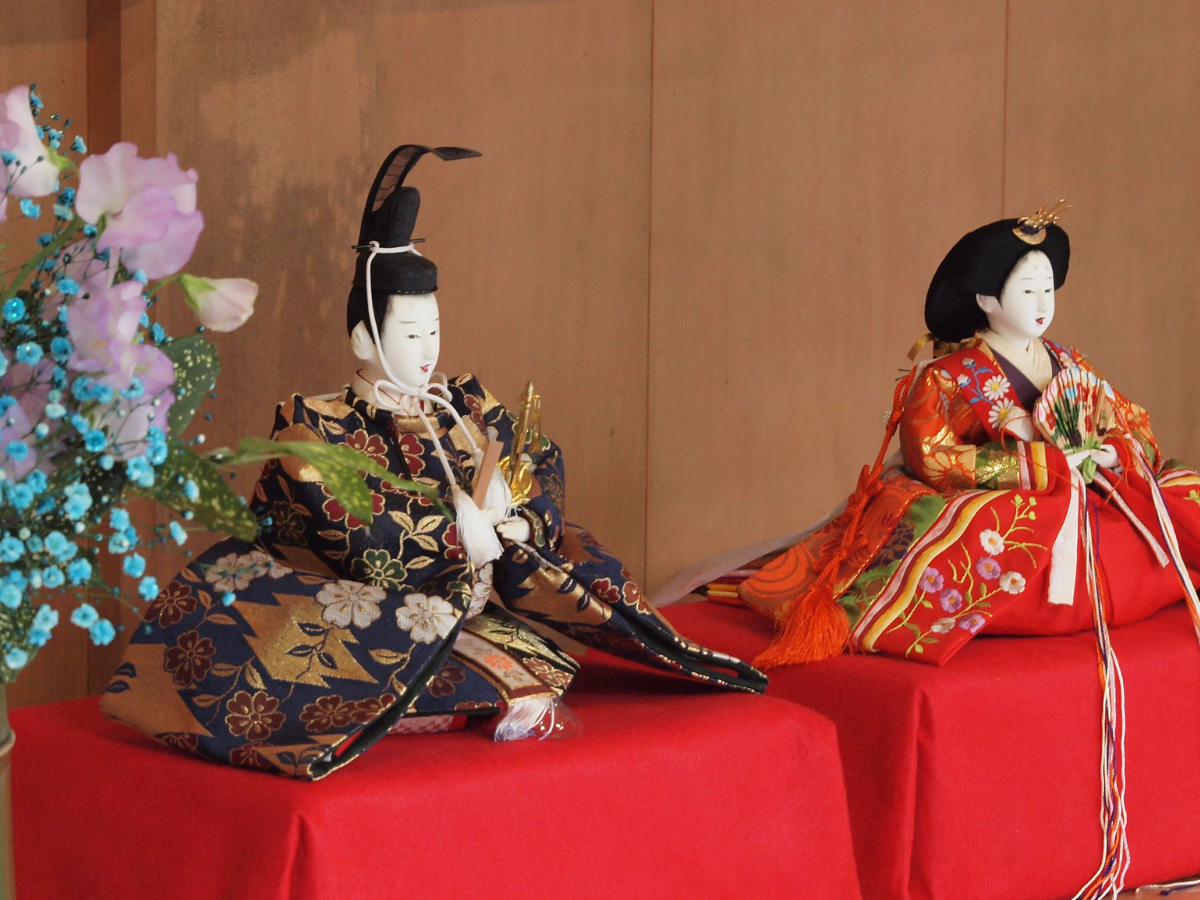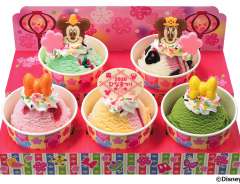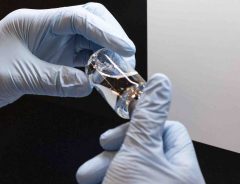
Source: Creative Commons
Does Hinamatsuri have a negative effect on children and can it lead to gender identity issues?
- Tags:
- Hinamatsuri / Research
Related Article
-

Come and enjoy “Sakura Afternoon Tea” in Nihonbashi, Tokyo
-

Baskin Robbins Japan Inspired by Disney and Traditional Hina-Matsuri Dolls For Girls’ Day Ice Cream
-

Japanese Artist Turns Traditional Girls’ Day Dolls Into Cute Bunnies In Kimono
-

Can video games solve social issues? Research by BANDAI NAMCO Entertainment & top university
-

Q&A COVID-19: The Various Drugs Being Researched in Japan
-

UK Museum sets up Hinamatsuri dolls to celebrate the Japanese Festival


Whether you prefer to travel big or go local, there are always plenty of festivals taking place throughout the year in Japan that can give you a taste of the country’s rich history and culture.
One of the bigger days you might like to circle on the calendar is Hinamatsuri, which takes place annually on the 3rd of March.
The literal translation of Hinamatsuri into English would be “Doll’s Day”, but the event is more commonly referred to as “Girl’s Day”; a fact – alongside the event’s meaning and traditions – that modern critics are using to question whether the festival is LGBTQ+ inclusive, and if it can have a negative affect on children and the development of their sexual identity.
For those who have a brief idea as to what Hinamatsuri is might be wondering how such an innocent display of dolls could cause such controversy. That is where we need to stop and ask ourselves is the festival as innocent as it is made out to be?
To uncover the truth, we’ll need to take a look at the festival, it’s origins and how it is practised in the culture.
Origins, evolution and unrepresented gender equality within Hinamatsuri
Hinamatsuri has its roots in the Heian era (hence the Heian era clothing the dolls are often dressed in), where paper dolls were used as vessels to rid girls of bad luck and evil spirits. These dolls were set afloat on a river, with the hope that it (and the bad luck it carried) would be washed away, and in doing so the original bearer would be “purified” of their unfortunate luck.
In a 2011 entry to the Journal of Asia Pacific Studies entitled Hinamatsuri and the Japanese Female: A Critical Interpretation of the Japanese Doll Festival, the author Salvador Jimenez Murguia looks into the festival and its position within gender inequality in Japan. In the text Jimenez Murguia mentions this river cleansing festival and classifies it as a “folkloric practice of scapegoating”.
By the Edo era, the river-cleansing practice had faded into distant memory and the event was evolving into what we see today – a multi-tiered platform filled with ornamental dolls resembling celebrants at a Heian era wedding.
This display, a complete set consisting of 7 tiers, is typically set up by girls and their mothers a few days before the 3rd of March, and must come down before the 4th lest the girl suffer a late marriage (according to superstition).
Generally boys do not partake in the event, with the festival focussing solely on celebrating and praying for the health and good fortune of growing girls. This exclusion, alongside its historical connection to female scapegoating and social expectations surrounding marriage, has understandably led to the festival being called out as ‘sexist’ and ‘outdated’.
Issues relating to Hinamatsuri within the childcare industry
One organisation asking the big question on gender issues relating to Hinamatsuri is Nijiiro Childcare Association – a nursery school that advocates for LGBTQ+ and stands behind the aims of SDGs*. Though the discussion on whether or not Hinamatsuri and related festivals are all-gender inclusive is nothing new, Satoshi Amano – the CEO of Nijiiro Childcare Association – recently spoke up on the problem and its prevalence within the childcare industry. He highlights three main issues connected to the festival that he has witnessed within childcare.
1. Gender binarism
Gender binarism is the classification of gender into two distinct forms of male and female. Fixing these roles can be traumatic for children who possess a gender identity that does not conform to this classification.
These days more and more industries are trying to find ways to include all gender roles, but within childcare there are still many practices based on traditional culture (such as Hinamatsuri) that divide children into two based on their physical appearance and gender assigned at birth.
Amano references the picture featured above, which showcases work produced in a Hinamatsuri and Tanabata related project at a licensed nursery school.
A close look reveals how male and female genders have been assigned to characters: faces created by and representing the class children were pasted onto bodies corresponding to Hikoboshi (male star) and Orihime (female star). The pasting of faces onto the body was not undertaken by the children, but instead by the teacher who decided the gender of each character based on the physical gender appearance of the child, rather than how the child may have chosen to express their gender.
Whilst some might argue that this divisional choice made by the teacher is a necessity for young children, studies have shown that gender identity and awareness is usually formed by the age of 3 (ref. Child Development: A Thematic Approach by Bukatko D, Daehler MW, P. 495), therefore making a decision on the behalf of a child who is probably already aware of their own gender expression can be damaging.
2.Sexuality issues
As with gender identity problems, there is no recognition and representation of potential LGBTQ+ children when it comes down to a number of projects that focus on traditional events such as Hinamatsuri.
In the case of the Hikoboshi and Orihime project, these two characters represent a heterosexual expression of relationships. When the teacher chooses to paste the faces created by children onto bodies that represent male and female based on their physical gender appearance they are denying the existance of non-binary attraction. This essentially teaches children “you are a boy, so you must like girls” and vice versa. This in turn can lead to a child to experience self-denial, and that feelings of non-binary attraction are “wrong”.
3.A double standard problem
Despite individuality and modern gender/sexuality perspectives being accepted and talked about more and more within the childcare industry, when it comes down to traditional events such as Hinamatsuri and Tanabata, these discussions are thrown aside in favour of preserving old-fashioned customs that revolve around heterosexualism and gender bias.
Amano recognises that this double standard problem is rooted in the drive to protect and pass down traditions to the next generation. There is no doubt that preserving these customs and traditions should be held with high importance, however, Amano believes that adjustments can be made to create a more inclusive culture.
Rethinking childcare from an LGBTQ+ perspective
In nursery schools and kindergartens across Japan, the term “human rights of children” has come to be heard more frequently recently. Whilst the ultimate goal is to carefully support and nurture children as equal individuals, it cannot be denied that LGBTQ+ is struggling to find a foothold in these early years institutions.
Though it may have started out slowly from elementary school and above, discussions are beginning to be had on gender equality and non-binarism, as is evident through books available on the subject, inclusive toilets, and choices in how students wear uniform – the same, however, cannot be said within nurseries and kindergartens, where no attention is paid to the sexual diversity of children. As a result, it is difficult to create an opportunity to discuss gender/sexuality issues that exist amongst young children.
These problems are not only limited to LGBTQ+ children, and can be felt by even heterosexual individuals. An example of this often makes itself known when children are asked about their future dreams – more often than not these future careers are assigned gender roles such as “I want to be a carpenter/astronaut/fireman because I am a boy” or “I want to own a cakeshop/flower store because I am a girl”.
Fortunately the childcare institutions such as Nijiiro Childcare Association is striving to end this perceived gender division amongst future dreams, and is aiming to create an environment where individuality can be freely demonstrated amongst all children – Rethinking childcare from an LGBTQ perspective is not just about saving LGBTQ children.
So what can we do to ensure inclusiveness when it comes down to traditional events such as Hinamatsuri?
Keeping traditions alive as we move into the future is an important task that is passed down with each generation. But as we move forward, so must the culture we bring with us if it wants to stay.
In the case of Hinamatsuri we can enable inclusiveness through simple adjustments: children of all gender should be able to partake in the event (this itself is not such an alien concept, as the event once known as “Boy’s Day” has evolved into Kodomo no Hi or “Children’s Day”), participants should be empowered to show off their individuality, negativity – such as the threat of a late marriage – should be removed from the festival, and the event should be referred to by its Japanese name Hinamatsuri or English equivalent “Doll’s Day”.
Summary
Whilst Hinamatsuri and related festivals might have roots and customs that conform to binarism and gender discrimination, it is down to us as individuals to make these events our own and to create a future where everybody, no matter their sexual orientation or gender identity, can take part and feel that they belong.
*A set of 17 Sustainable Development Goals set up by the UN in 2015 to guide individuals and countries to a more sustainable future. These goals are intended to be achieved by the year 2030.